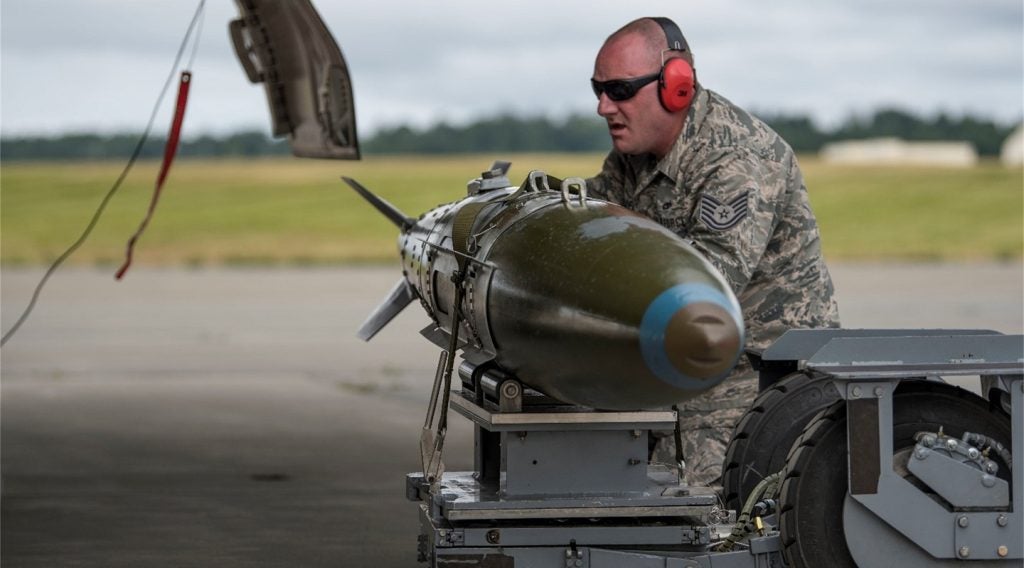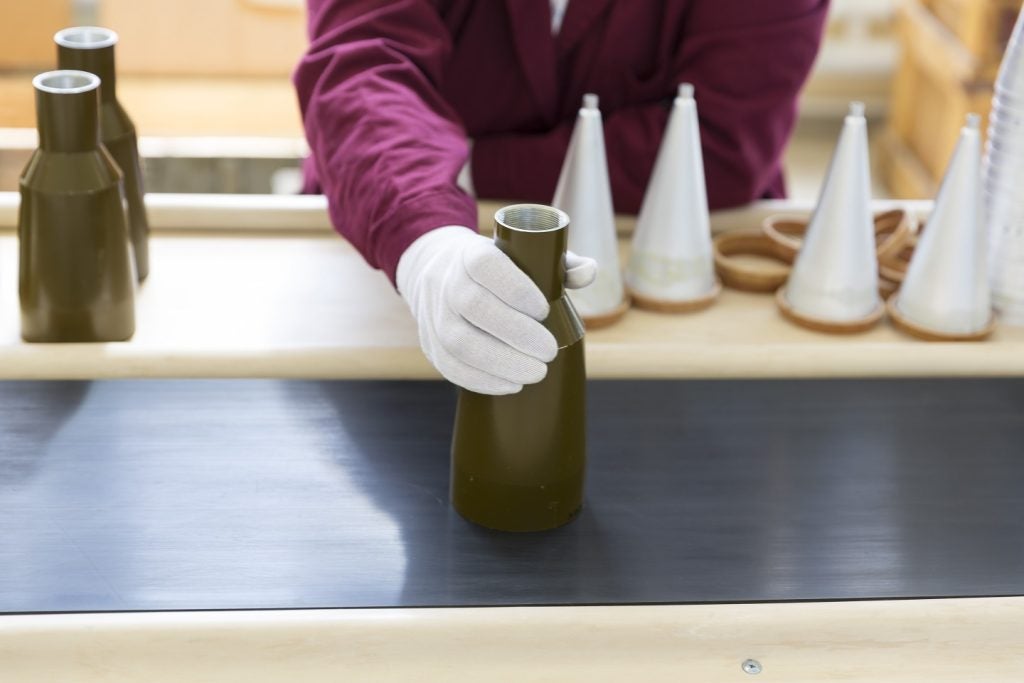BAE Systems is set to begin its third phase of durability testing on airframes for the F-35 Lightning II Joint Strike Fighter at the Military Air and Information site located in Brough, East Yorkshire.
The testing aims to evaluate the airframes’ ability to handle a variety of flight conditions lasting a total of 8,000 hours, equal to an airframe’s lifetime.
The company has previously completed three lifetimes of testing, the equivalent of 24,000 hours of flight testing on the Conventional Take-Off and Landing variant of the airframe and Short Take-Off and Vertical Landing (STOVL) variants at Brough.
BAE Systems Structural and Dynamic Test operations manager Andy Prendergast said: "Reaching two complete lifetimes of testing is an important milestone for our structural test facility at Brough, and demonstrates the proven endurance of the F-35 airframe.
"We have pushed the testing to the limits, ensuring that the F-35 Lightning II aircraft will fly safely and effectively throughout its lifetime of service.
"We will further qualify this by starting a third lifetime of testing."
How well do you really know your competitors?
Access the most comprehensive Company Profiles on the market, powered by GlobalData. Save hours of research. Gain competitive edge.

Thank you!
Your download email will arrive shortly
Not ready to buy yet? Download a free sample
We are confident about the unique quality of our Company Profiles. However, we want you to make the most beneficial decision for your business, so we offer a free sample that you can download by submitting the below form
By GlobalDataThe F-35 is currently under development in three versions.
It combines advanced stealth with fighter speed and agility. It comes with fully fused sensor information, network-enabled operations and advanced sustainment.
With capabilities to securely share information with allied commanders at sea, in the air or on the ground, the F-35 will enable pilots to be six to eight times more effective in air-to-air missions, air-to-ground missions and surveillance missions, the company claims.
The aircraft is expected to achieve full operational capability with the air force by 2021 or 2022.







